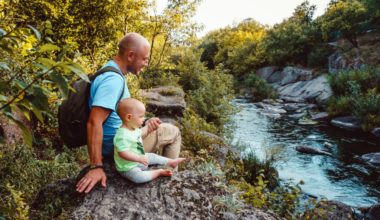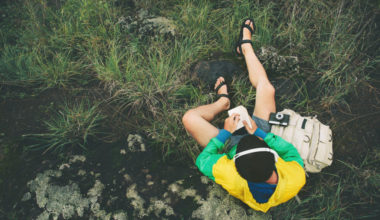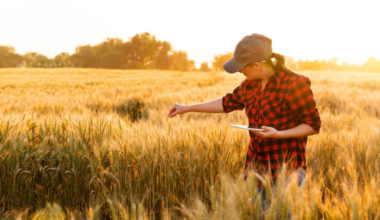Science Discovery Exploring, Describing, & Explaining the Natural World

May 30, 2020: The SpaceX Dragon spacecraft delivering a crew to the international space station
When you think of “science discovery” you may think of space missions, deep sea submersibles, or adventures to the polar ice.
All of these are examples of science discovery, but even if you never explore extreme extreme habitats, you can still engage in meaningful science adventures.
The process of science discovery includes exploration, description, and explanation.
This video introduces the process of science discovery and it will be followed by specific examples.
Let’s see science discovery in action with a trip to the pacific coast.
Nye beach in Newport, Oregon is a popular tourist destination
This is a habitat that many people just walk past instead of exploring…
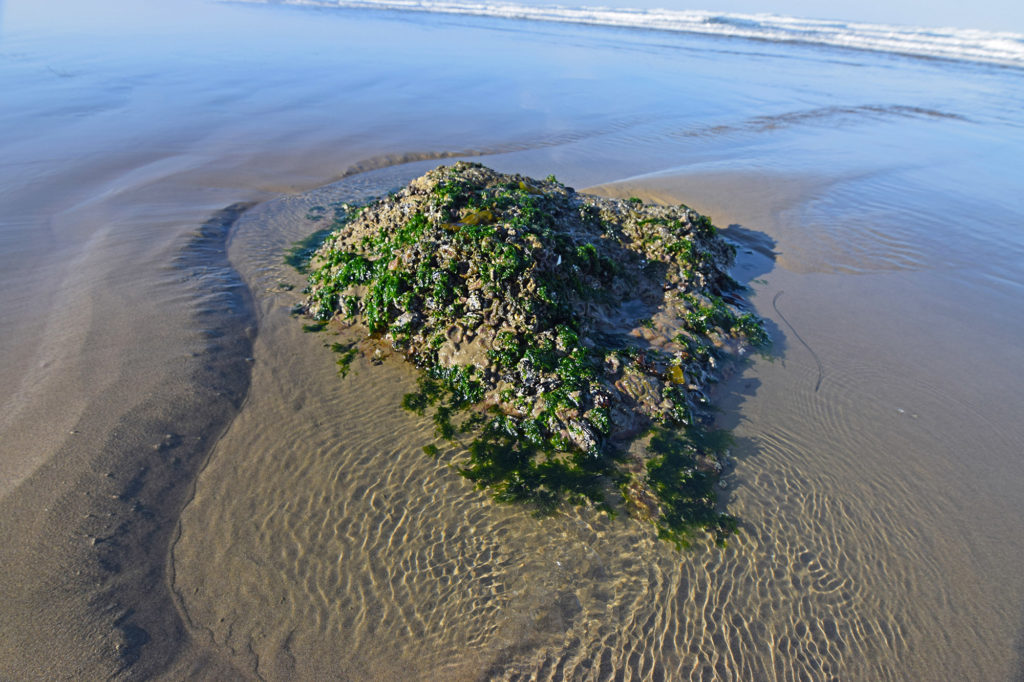
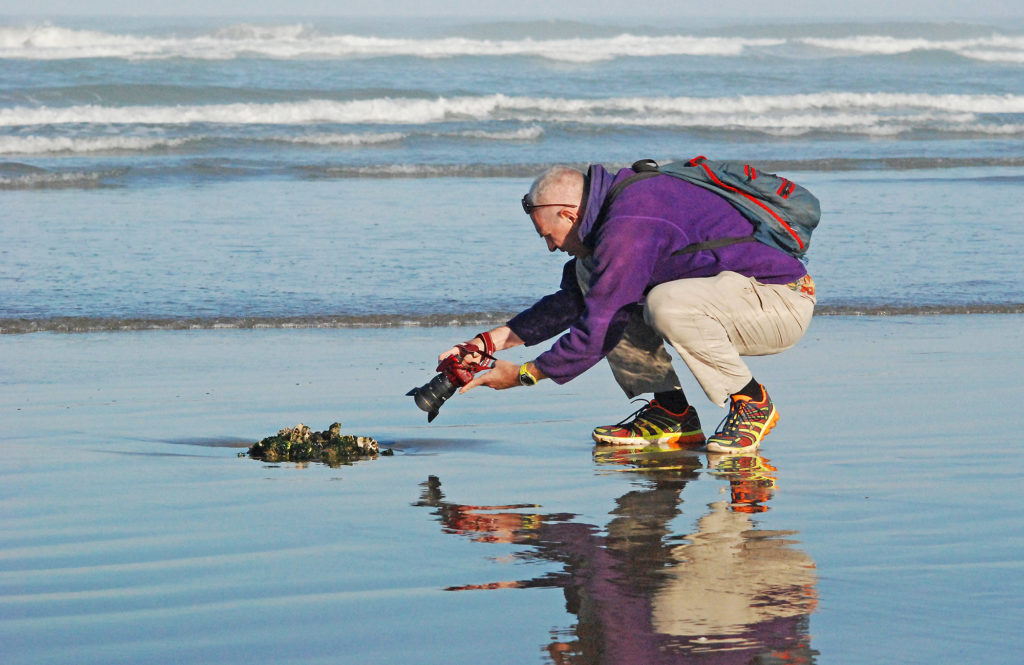
This gives you an idea of scale, Mark is taking a photo.
Exploration is investigating new phenomena, in this case, organisms on a microhabitat (small living space), a rock that is exposed at low tide.
These are the photos Mark is taking of the surface of the rock.
On the rock are numerous organisms. The next step is to accurately describe what is observed.
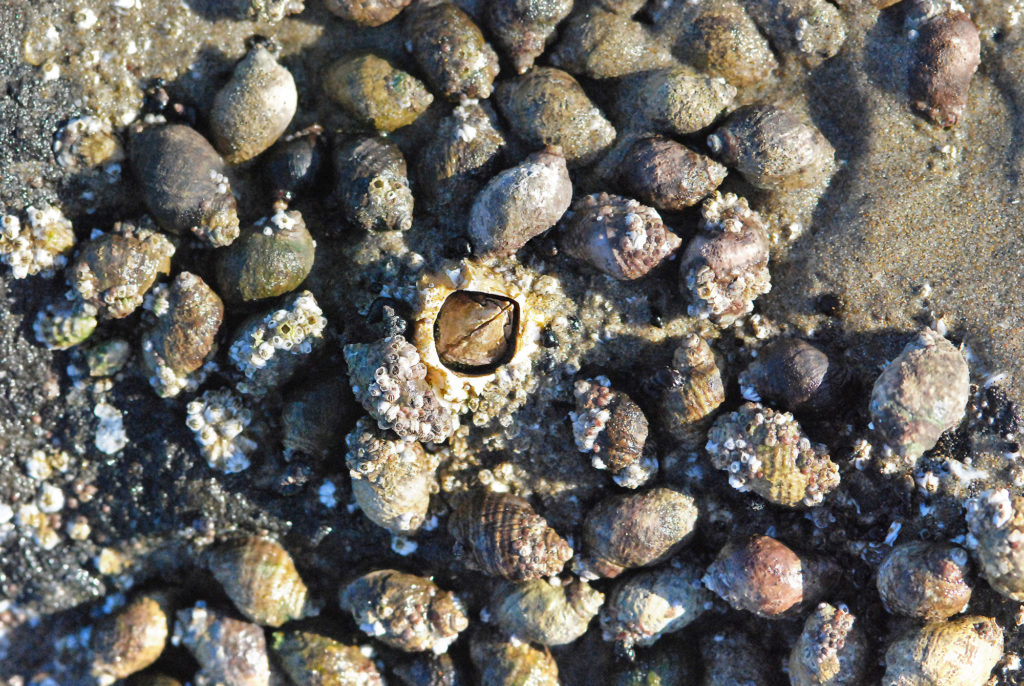
Barnacles
Some of the organisms are barnacles. There are small (less than 1″ diameter) cone-shaped mineral structures with animals inside.
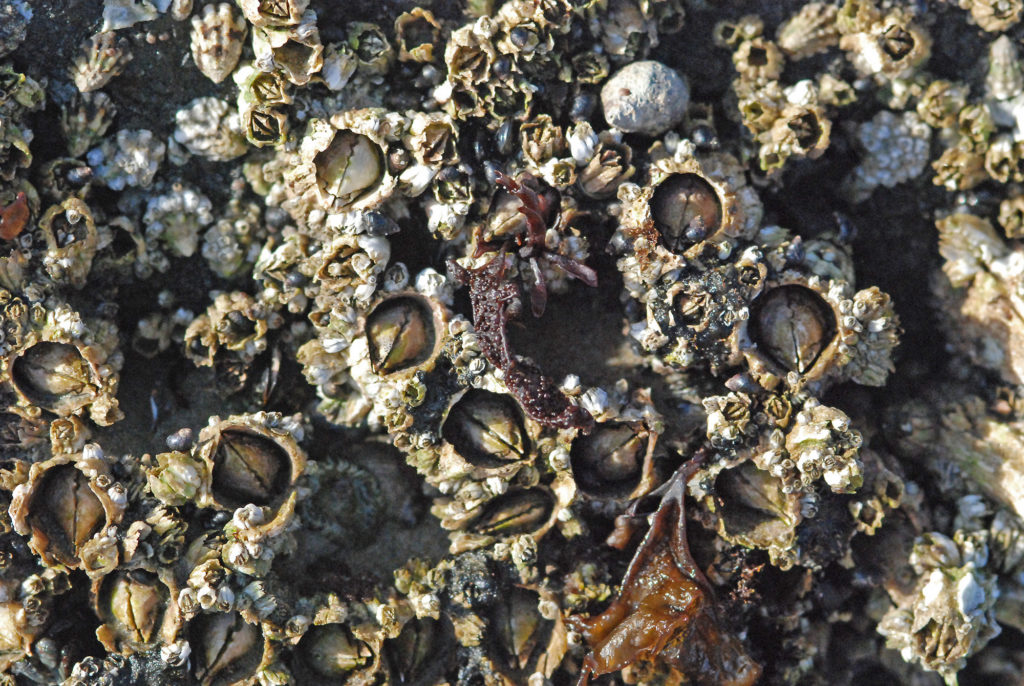
Different Species
The different shapes of the mineral cones, different sizes, and groupings suggest that there may be two or more different species on the rock.
The next step is to explain what you are describing.
There is a lot to explain. For example:
-
How do two species of barnacles coexist on the same rock? (more on this in a later section on competition)
-
How do other species interact with barnacles? (later section on food webs).
